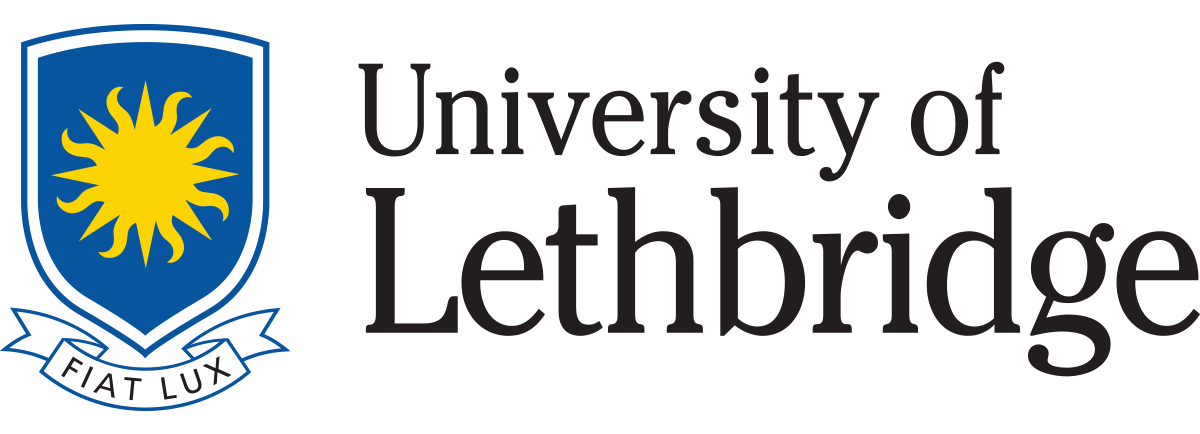The Vokey Lab
The rich behaviour displayed by cognitive systems has the paradoxical character of appearing on the one hand tightly governed by complex systems of hard rules, and on the other to be awash with variance, deviation, exception, and a degree of flexibility and fluidity that has quite eluded our attempts at simulation.... The subsymbolic paradigm suggests a solution to this paradox.
—Paul Smolensky
Tacit Learning of Structure and Judgments of Style
People become sensitive to the structural regularities in everyday experiences through incidental exposure to individual examples. Thus, we develop sensitivity to other people's personal styles and the styles in the works of individual artists and composers, a sense of what does and does not belong to a particular genre of writing, the likely conclusion to and appropriate sequences of a favorite televison series, what drivers in then left lane are likely to do that drivers in the right are not, and what a normal interaction with a teller at our bank is like. Often this sensitivity develops effortlessly and without any intention on our part to learn these regularities, and even without any awareness that there are any such regularities to learn. Yet, both common experience and laboratory research alike demonstrate that this tacit sensitivity influences our performance and expectations in virtually every task we undertake. Perhaps surprisingly, many animals, such as pigeons, can demonstrate similar sensitivities to style in art, music, and even handwriting.
My research explores the source of this tacit, structural knowledge and how it comes to influence our performance in classification, recognition, and recall, and how it influences our and other animal's biases and preferences. Previous research suggests that the knowledge that is the source of these influences is not in the form of high-level abstractions such as rules or prototypes, but rather remains latent in and distributed over our memory for specific episodes of experience. These memories are recruited collectively in response to a similar current event to provide a feeling of familiarity or "rightness" or a fluidity to our responding to events consistent with the structure of those we've experienced in similar situations. This retrieval also provides, however, for the ability to detect immediately when an event is inconsistent with the structure, even if we are unable to articulate how we "know" it.
Part of my research explores a model of such memory and retrieval processes that would allow for this implicit learning and use of structure in both people and animals. The model is in the form of an artificial neural network applied to low-level representations of the individual events, such as pixel-maps of images or digitised sound samples.


